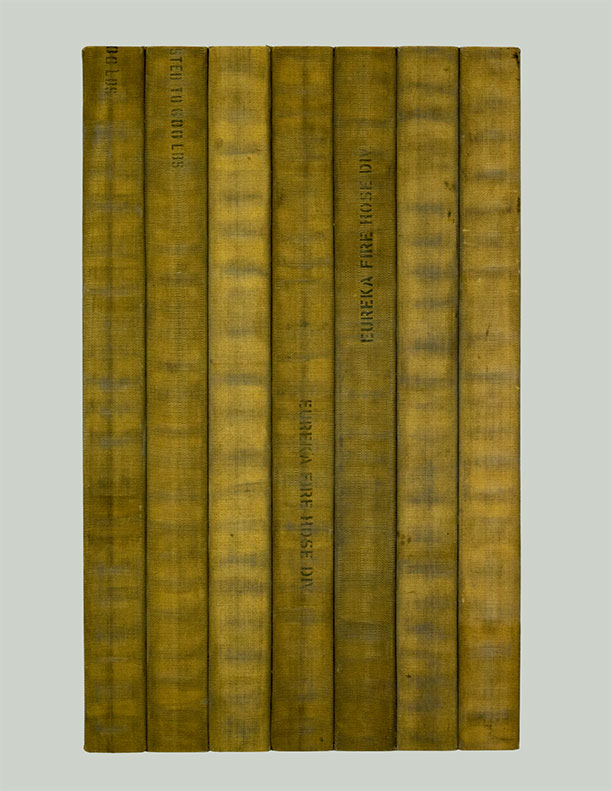Jesse Howard
Jesse Howard’s work explores the Black American community as more than a singular philosophical concept of a culture, but rather a more diversified community of multifaceted voices through a body of charcoal based works. Howard’s socially concerned work is informed by his own lived experiences growing up on Chicago’s West Side and the collective societal challenges faced by Black Americans today.











